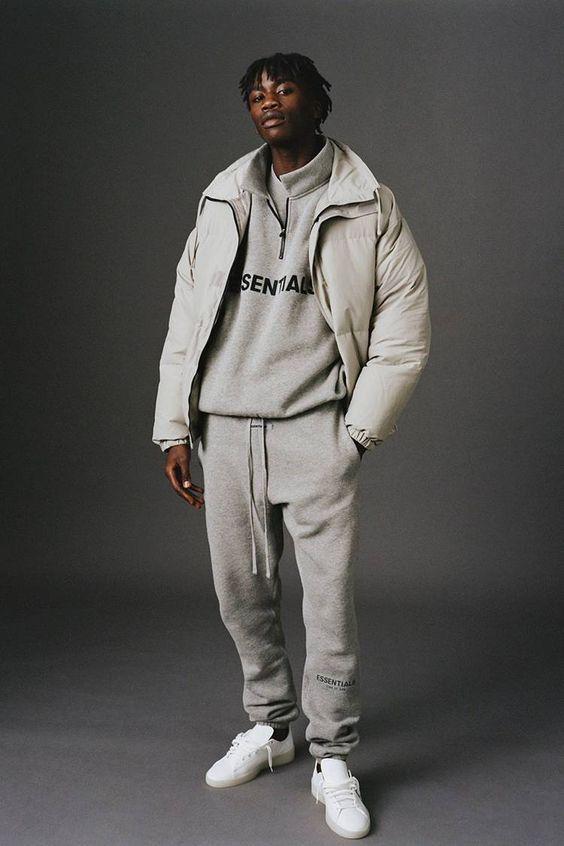A Historical Perspective
Fashion shows are not just extravagant displays of clothing; they are the epicenter of innovation, the birthplace of trends, and the heartbeat of the fashion industry. From the grandiose runways of Paris and Milan to the burgeoning scenes in Tokyo and Lagos, fashion shows dictate the rhythm of style, Visit now https://essentialsfogclothing.store/ influencing not only what we wear but also how we express ourselves. These events are a confluence of creativity, culture, and commerce, and they play a crucial role in shaping the future of fashion.
The origins of fashion shows can be traced back to the early 20th century, with Parisian designers like Charles Frederick Worth showcasing their collections to select clientele. These intimate gatherings evolved into the grand spectacles we see today, with the 1943 New York Fashion Week marking the first organized fashion week, setting a precedent for other cities. Over the decades, fashion shows have transformed from simple presentations to multi-sensory experiences, integrating art, music, and technology.
Setting the Stage for Trends
Fashion shows are a fertile ground for trends, with designers using them as platforms to unveil their latest creations. These shows often feature innovative designs that challenge conventional aesthetics and push the boundaries of what is considered fashionable. For instance, the 1970s saw the rise of punk fashion, characterized by its rebellious and anti-establishment vibe, largely propelled by designers like Vivienne Westwood. Similarly, the minimalism of the 1990s, popularized by designers like Calvin Klein, was showcased on runways long before it became a staple in everyday wardrobes.
The Role of Designers and Creative Directors
Designers and creative directors are the visionaries behind these trend-setting shows. Their creative prowess and ability to anticipate or even create cultural shifts are what make fashion shows so influential. Take, for example, the late Alexander McQueen, whose shows were renowned for their theatricality and avant-garde designs. McQueen's 1999 Spring/Summer show, where robots spray-painted a white dress worn by model Shalom Harlow, remains an iconic moment in fashion history, showcasing how technology and fashion can intersect to create groundbreaking art.
Cultural Influence and Reflection
Fashion shows are not just about clothes; they are cultural barometers that reflect and influence societal trends. They often address contemporary issues, from gender fluidity and body positivity to sustainability and political statements. The 2019 Met Gala, themed "Camp: Notes on Fashion," highlighted the increasing acceptance and celebration of diverse expressions of identity. Similarly, fashion shows have become platforms for advocating sustainability, with designers like Stella McCartney leading the charge in eco-friendly fashion.
The Power of Technology and Social Media
In today's digital age, the influence of fashion shows extends far beyond the runway. Social media platforms like Instagram, TikTok, and YouTube have democratized fashion, allowing a global audience to participate in real-time. Live streaming of fashion shows has become commonplace, with millions tuning in to watch the latest collections from the comfort of their homes. This accessibility has amplified the reach of fashion trends, making them more immediate and widespread. Check it now https://ericemanuels.shop/
Influencers and fashion bloggers also play a significant role in this ecosystem. Their interpretations and endorsements of runway trends can make or break a collection. The rise of "see now, buy now" shows, where collections are immediately available for purchase after the show, caters to the instant gratification culture of the digital age, further blurring the line between the runway and retail.
Economic Impact
The economic significance of fashion shows cannot be overstated. These events generate billions of dollars in revenue, from ticket sales and sponsorships to the downstream retail impact of new trends. Fashion weeks in cities like New York, Paris, and Milan attract thousands of industry professionals, buyers, and media, boosting local economies through tourism and related activities.
Moreover, fashion shows can make or break designers' careers. A successful show can catapult a brand into the global spotlight, attracting investors and opening up new market opportunities. Conversely, a poorly received collection can have detrimental effects, underscoring the high stakes involved.
Challenges and the Future
Despite their glitz and glamour, fashion shows face numerous challenges. The industry's environmental impact is a growing concern, with the production and disposal of clothing contributing to significant ecological damage. There is also increasing scrutiny on issues of diversity and inclusion, with calls for greater representation of different body types, ethnicities, and gender identities on the runway.
Looking ahead, the future of fashion shows will likely be shaped by these challenges and the industry's response to them. Virtual reality and augmented reality offer new possibilities for immersive, sustainable fashion experiences. Additionally, the push towards ethical fashion and circular economy principles could redefine how fashion shows are conceived and executed.
